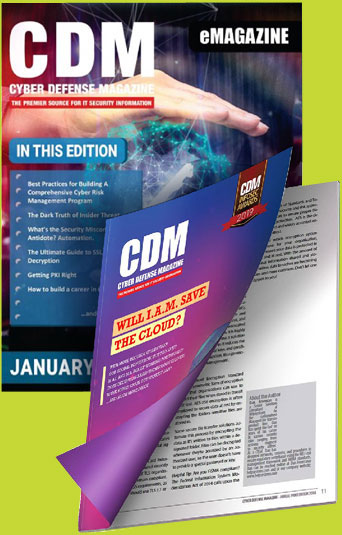When adopting cloud-based SaaS applications, avoid doing it blindly, migrating all data at once, not reviewing service level agreements, not assuming security risks, and not preparing for failure.
by Grant Wernick, CEO and Co-Founder, Fletch
We brought you 5 things to consider when transitioning to the cloud some time ago, and now we’re serving 5 things to avoid. No matter what industry you’re in, you’re probably storing customer data and other sensitive data types online. You might also have employees working fully or partially remote and managing workflows on cloud-based workspaces and collaboration tools, like G Suite or Slack. 85% of small and medium-sized businesses have invested in SaaS as of 2021 – and the need to secure cloud infrastructures is no longer exclusive to large enterprises. While there are many benefits including scalability, modernization, and efficiency to ramping on SaaS apps, it’s important to know the associated security risks and best practices to mitigate those risks. Here are 5 things you want to avoid:
- Not having a business goal in mind
- Transitioning everything at once
- Not carefully reviewing the service level agreement (SLA)
- Not assuming responsibility for cloud security
- Not preparing for failure
Every time you’re setting out to buy a cloud-based app, you should ask yourself what you’re trying to gain from it. How does an app’s function fit into your overarching strategy? How is the cloud as a whole part of your strategy? Are you trying to gain agility? Is your shift to remote work temporary or for the long haul? Different goals require different implementation strategies that need to be planned in advance in order to be successful.
It’s not recommended to make data transfers from on-prem to cloud applications in bulk. Most businesses start with a hybrid model where they load the least sensitive data first, and their populations become familiar with the SaaS apps little by little. As stakeholders get comfortable using new software, it’s less risky to onboard high-sensitivity data. For those adopting Cloud-based applications while starting a business from scratch, it’s just as important to take things slow – begin with a couple of apps and see how it goes. When you and your population are comfortable with the software, add more.
An SLA, a contract between you and your cloud provider, lists service expectations including roles and responsibilities, service model differences, security requirements, disaster recovery plans, and exit processes. It’s important to read through SLAs carefully to scope out any hidden fees and commitments. For instance, some demand large fees to switch providers and make it hard to get out of the service if you’re not satisfied. It’s never a bad idea to know what you’re getting into.
Always ask a new prospective cloud provider about the levels of security they have in store. Most cloud providers focus somewhat on security but only around the structure that hosts the apps and data for clients. You will likely need additional measures to protect your assets, like encryptions, rigorous data testing, and regular risk assessments – and you can talk this through with your providers.
Safety nets will save your data in the event of a breach or an outage. You can also ask your cloud provider about these measures, including what they offer in the scope of data backups and disaster recovery plans. It’s always a good idea to have your data be recoverable. The key to having a successful cloud migration is the careful goal and risk-oriented evaluation and taking it step-by-step. It is not an overnight transition. Additionally, we encourage leaders to be open to new technologies in the wake of this mass digitization period. Too many vendors, especially in cybersecurity, are still grasping onto traditional systems and technologies that are unsustainable and fail to get ahead of cyber attackers. They don’t provide context behind what goes on in cloud environments, are too expensive, take months to set up, and require hours and hours of ongoing labor that can only be done by the most technically savvy people. Business leaders and security teams deserve a breath of fresh air – a tool that can automate the grunt work and immediately answer pressing cybersecurity questions. In 2021, nobody should be left just hoping that they’re not vulnerable to daily cyber threats they see in the news.
About the Author:
Grant Wernick, CEO and Co-Founder, Fletch
Grant can be reached online at @grantwernick and at our company website https://fletch.ai/


